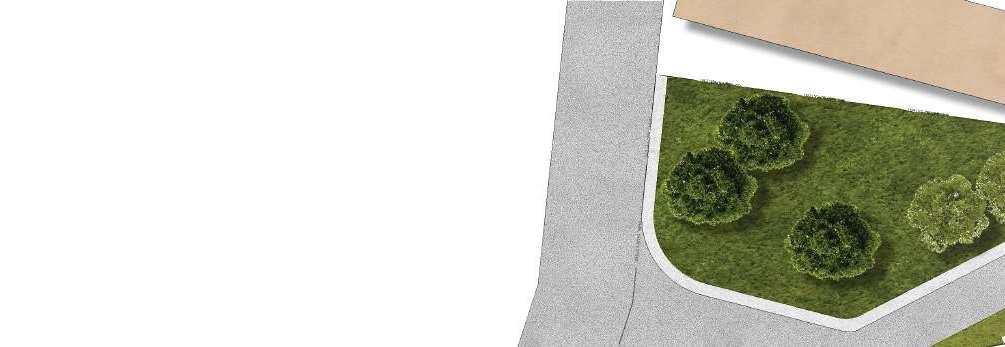
1 minute read
Environmental Performance Simulation
Carnegie Mellon University, Fall2021
“Design of a boat is optimized for sail-driven locomotion. Buildings should be able to sail using free energy of wind, air, sun and internal heat sources to temper the indoor environment”, Brendon Lewitt. Based on this viewpoint, EPS course outlines the fundamental knowledge in building physics in relation to a range of environmentally responsive building design principles and computational approaches for increased resiliency for human habitability with minimal reliance on mechanical systems.
Advertisement
Instructor: Prof. Ömer T. Karagüzel
Softwares used: Rhinocerous, Grasshopper, Climate Studio, Lady Bug, Energy Plus
A. Climate Analysis
A.
A. 02. Solar Photovoltaic DesignA. 03. Wind Rose and Wind speed analysis
The Þgure shows the total radiation for the sky dome. The surface PV design should be normal to the maximum solar radiation point.From the calculation of components, the angle between the pv panel and y-axis is 41 degrees and between x-axis is 295 degrees.
B. Solar Radiation Studies
B. 01. Shadow analysis through all seasons:
The butterßy shadow diagrams for spring and fall equinoxes are almost identical. This highlights the criticality of these two dates and how they clearly mark the change in seasons from winter to summer and vice versa.
Wind prevails almost throughout the year in Pittsburgh.Although the winds coming from the West and South-West have greater velocity, upto 5.37 m/s, “calm winds” are experienced throughout the year from all the directions.South-West is the predominant wind direction observed annually.
The highest and lowest sun angles are observed around noon in the summer, and the early mornings and late evenings in the winters.
B. 02. Solar energy density - Effect of building orientation :
From the above results, it is evident that the building receives greater solar radiation when orientated in the direction of East-West axis. The total solar radiation `received in the winter is much more than the radiation received in the summer.
C. Visible Radiation Studies
C. 01. Visual Acuity Evaluation (Baseline model):


C. 02. Visual Comfort Evaluation - Annual Glare:


The daylight received through the northern glazing system is a positive strategy to increase the daylight autonomy in space without increasing the glare. Thus the strategy which had to be adopted to reduce the ASE value from 98% to the LEED v4.1 acceptable limit, we had to tackle the glare from the southern glazing.
D. Thermal Radiation Studies
D. 01. Spatial Thermal Comfort Analysis:





D. 02. High Performance Building materials
The result demonstrates reduction in the highest energy consumption from 10000 kWh to 3300 kWh. This implies that the improvement in the building envelope by choosing high performance building materials certainly helps in reducing energy consumption.









